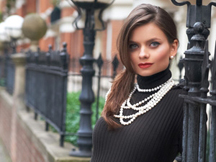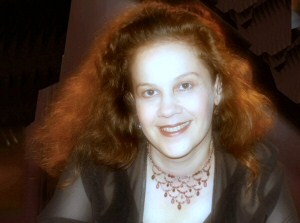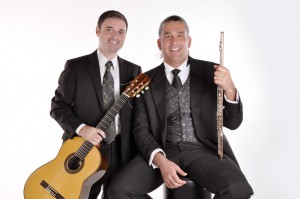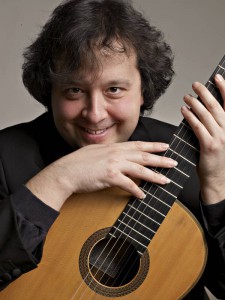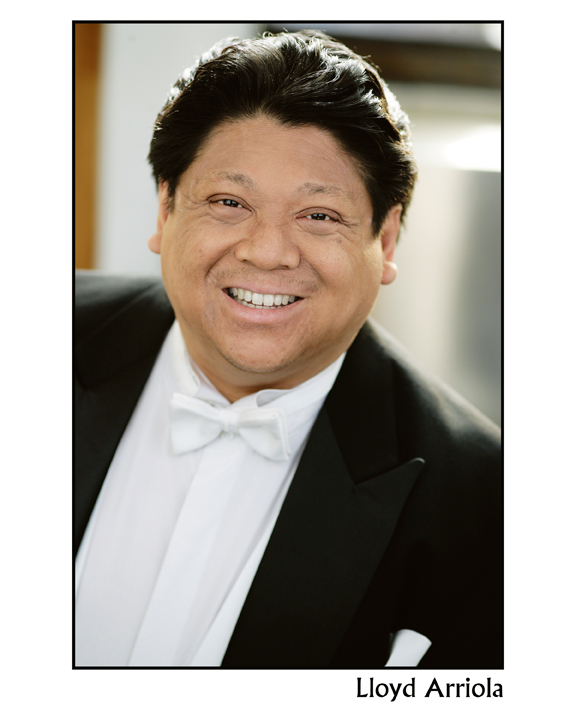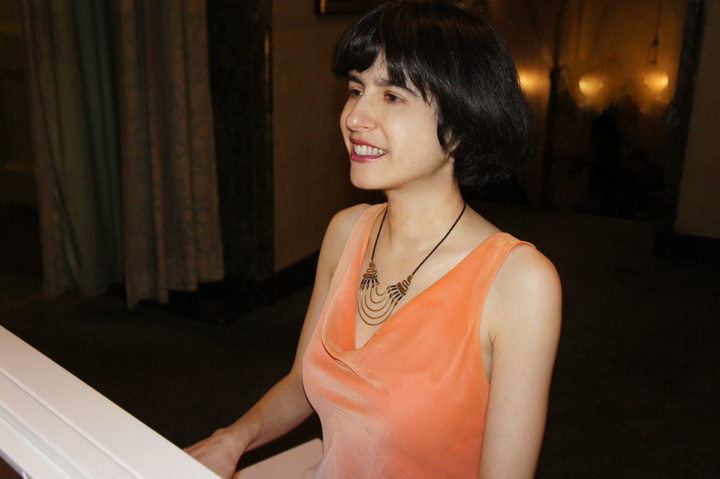Evelina Puzaite is a young Lithuanian-born pianist currently based in London and winner of various distinctions and prizes including the Rubinstein Piano Competition in Paris (First Prize). She has recorded for Landor Records in the UK and has performed widely in recital, chamber music, and with orchestra; she is not, however a run-of-the-mill contest pianist. Her biography lists that she is also a published composer (and winner of the Grodno composition contest) as well as a writer of short stories (having had her first book published in 2008). It is always exciting to see this sort of multi-faceted artist – bringing to mind Lera Auerbach and an elite group of others – as that extra dimension can lead to memorable performances.
Ms. Puzaite’s New York Debut was indeed memorable, and the interesting programming was a large part of it. Aside from Rachmaninoff, Prokofiev, and Liszt, much of her program consisted of rarely heard works. She opened with Three Preludes by Ciurlionis (1875-1911), the Lithuanian painter and composer, and it was a refreshing adventure off the beaten path. The first Prelude, while reminiscent of Scriabin, showed an original voice, while the second one, sharply rhythmic and dissonant, reflected more folk influence. Perhaps most interesting was the third, of dreamlike shifting harmonies and timbres, very sensitively rendered by Ms. Puzaite.
Moving to better-known repertoire, the pianist gave an excellent account of Rachmaninoff’s “Six Moments Musicaux”, Op. 16. The first of these gems, the soulful B-flat Minor Andantino, had much to offer in this pianist’s hands, including some delicate voicing and finely woven filigree. One loved the freedom in Ms. Puzaite’s playing, though occasionally the license seemed a bit much, obscuring some distinctive changes in meter; through generous bending, a 7/4 measure sounded like 8/4, and a 5/4 bar sounded like 6/4, basically squaring off Rachmaninoff’s beautiful irregularities. Such liberties enhanced other pieces in the set, though, and the Allegretto in E-flat minor shimmered; Puzaite played in the original version, not the 1940 revision, which I actually prefer, but I enjoyed it. The Andante Cantabile in B Minor had breathed pathos, while never losing melodic direction as it easily can; some dynamic liberties were again well planned to help add focus and shape to the musical meditation, and some creative articulations heightened the conception. The fourth piece, the Presto in E Minor was brilliant, using to maximum effect the resonant Weill Hall Steinway, and the fifth, Adagio Sostenuto in D-flat Major, was lovingly shaped and expressed (though one wanted perhaps less bass here). The final Maestoso was a tad underplayed, explaining perhaps why Ms. Puzaite chose not end the first half with it as one might expect; it seemed she was trying more for lyricism and judicious pacing, but one missed some of the heroic feeling.
A quiet breather came next with “White Scenery” from the piano cycle “The Seasons” by Latvian composer Peteris Vasks (b.1946). It is a mesmerizing and moving work, with minimalist elements, gentle chord clusters, liberal pedal, and a doleful long-breathed melody suggesting infinite absence. The Prokofiev Toccata rallied the energies back for the most virtuosic playing of the evening. It was a clean, sterling performance, with plenty of power, suggesting that any holding back in earlier works was probably perfectly intentional.
Ms. Puzaite introduced her own Piano Sonata in C Major (1999) to open the second half. Judging by the year of composition, this compact sonata must have been an extremely youthful endeavor, but it reveals a musician of tremendous versatility and pianism. A circus-like profusion of sounds emerged, from repeated fifths and motoric syncopations to music box effects and flirtatious slides (think Bartok and Rebikoff dancing to Carmen’s Habanera). It is always a joy to hear a pianist play his own work, and this was a refreshing novelty.
Liszt’s “La Leggierezza” and “Un Sospiro” were a break to Romanticism before Kodály’s “Dances of Marosszek” closed the evening. The Kodály is an exciting work, better known as an orchestral piece than in its original piano scoring. I’d previously preferred the second version, but with the enormous contrast and energy that Ms. Puzaite gave, it possibly surpassed the color of a typical orchestral performance! It was a rousing close to a scintillating evening. Rhythmic applause was acknowledged with an encore of the Bach-Siloti Prelude in B Minor.

